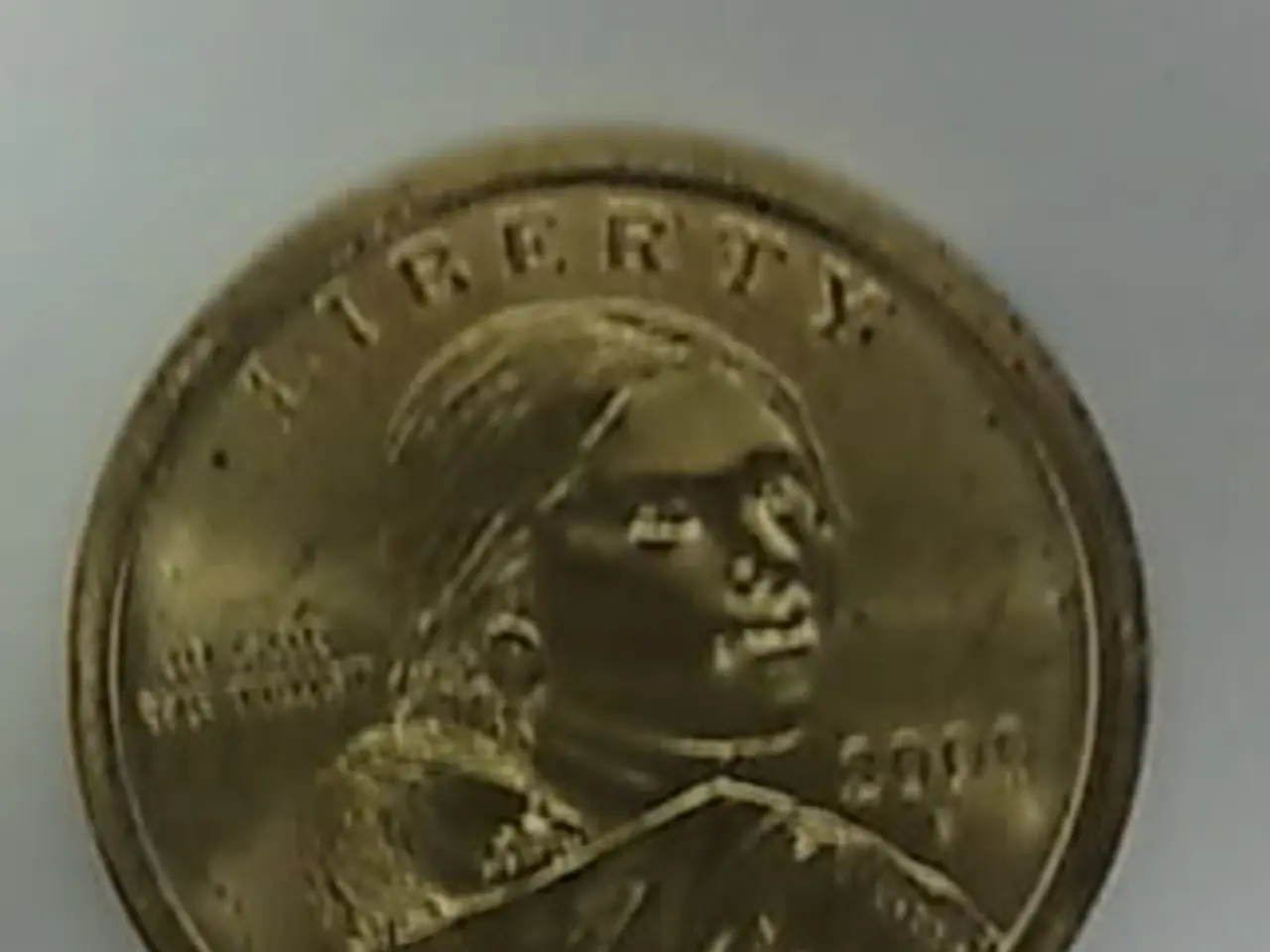U.S. Gold Hunt: Prospecting Gold Across Arizona
In the heart of the American Southwest, Arizona has a rich and storied history of gold mining that dates back to the mid-19th century. Known as the 'Gold Fever' state, Arizona's gold discoveries attracted settlers and prospectors, shaping the territory's early development.
The story begins in the 1860s with significant gold discoveries such as the Gila Placers Rush and the Colorado River Gold Rush. These discoveries sparked a rush of prospectors, leading to the establishment of mining towns and a gold rush mentality that swept across the territory.
The founding of Prescott as the first territorial capital in 1864 was a direct result of the gold rush to central Arizona. Towns like Tombstone, established in 1879, were driven by silver and gold mining booms, becoming famous not only for their mineral wealth but also for their Wild West lawlessness and legendary figures.
Other mining towns like Jerome earned reputations as lively, sometimes "wicked" settlements due to the influx of miners, gamblers, and entrepreneurs chasing wealth from gold and silver ores. This boom led to an economic cycle of rapid growth followed by busts, creating many ghost towns as mines were exhausted and populations moved on.
Despite the eventual shift towards copper mining by the late 1880s, the early prominence of gold mining laid the groundwork for Arizona’s settlement and economic history. Today, the legacy of gold mining can still be seen in various attractions across the state.
One such attraction is the Superstition Mountain & Lost Dutchman Museum, located less than an hour's drive east of Phoenix. The museum offers information about gold in Arizona, its mining history, and legends, including the mysterious Lost Dutchman Mine.
The Superstition Mountains are famous for their gold legends and treasure hunts. One of the most productive gold mines in Arizona's history, the Vulture Gold Mine, is located northwest from Phoenix near Wickenburg. The Vulture Mine produced gold worth over 200 million dollars.
In the Superstition Mountains, the Black Queen Mine in Goldfield has produced great specimens of gold in quartz. Goldfield, Arizona, also boasts the Goldfield Historic Museum, which showcases information about the first major gold strike in 1892 and the 4,000 miners who lived there for five years. Thirteen treasure maps are on display at the museum, including old Spanish maps and more recent ones.
Guided tours of the Goldfield Mine take visitors underground to a reconstructed mine close to the original, now flooded, mine. Goldfield Ghost Town, located on the Apache Trail, is a revived 1890's boomtown with working mines and a narrated railroad tour.
For those interested in gold panning, Apache Trail Tours offers guided gold panning adventures in Goldfield Ghost Town. The Arizona Association of Gold Prospectors (AAGP) and the Gold Prospectors Association of America (GPAA) also promote recreational gold mining in Arizona.
For those looking to own a piece of Arizona's gold mining history, it is possible to buy a gold mine in the state. The Arizona-Sonora Desert Museum and the University of Arizona Mineral Museum in Tucson have splendid collections of gold in quartz specimens, including some from the Black Queen Mine.
Recently, renowned gem carver Helen Serras-Herman FGA finished carving two beautiful specimens of gold in quartz from an undisclosed location in southern Arizona. The 'Arizona Lapidary & Gem Rough' store in Tucson commissioned these pieces.
The Apache Trail, designated as Arizona's first historic road, offers scenic views of the Superstition Mountains and historic buildings. It serves as a reminder of Arizona's gold rush past and the excitement that still lingers in the air.
For those interested in learning more about gold in Arizona, the Arizona Geological Survey's website provides a great resource. It reveals that there are 46,199 active gold claims and 364,629 abandoned claims on public lands in Arizona.
In conclusion, Arizona's gold rush history is a captivating chapter in the state's past. From the initial discoveries in the 1860s to the bustling mining towns and the eventual shift towards copper mining, the story of gold in Arizona is one of adventure, riches, and frontier spirit. Today, the legacy of gold mining lives on in the attractions, museums, and tours that celebrate Arizona's golden past.
- The Arizona Lapidary & Gem Rough store in Tucson recently commissioned two beautiful gold in quartz specimens from a secret location in southern Arizona, following the skilled carving of renowned gem carver Helen Serras-Herman FGA.
- For those looking to own a piece of Arizona's gold mining history, it is possible to buy a gold mine in the state, with detailed resources available on the Arizona Geological Survey's website, revealing 46,199 active gold claims and 364,629 abandoned claims on public lands.
- For individuals with an interest in learning more about gold mining techniques and the lifestyle associated with it, the Arizona Association of Gold Prospectors (AAGP) and the Gold Prospectors Association of America (GPAA) promote recreational gold mining in Arizona, while companies like Apache Trail Tours offer guided gold panning adventures in Goldfield Ghost Town.




